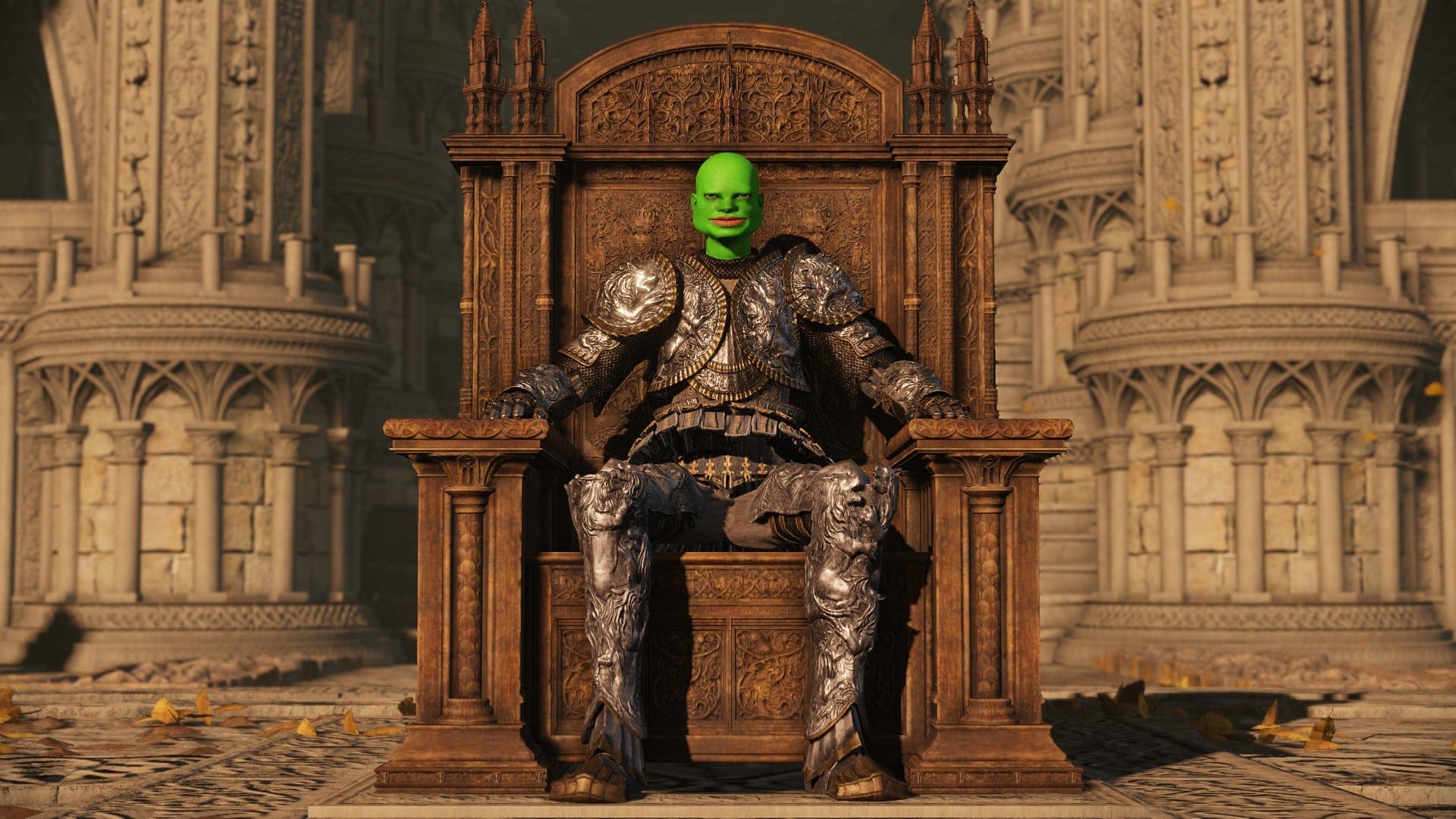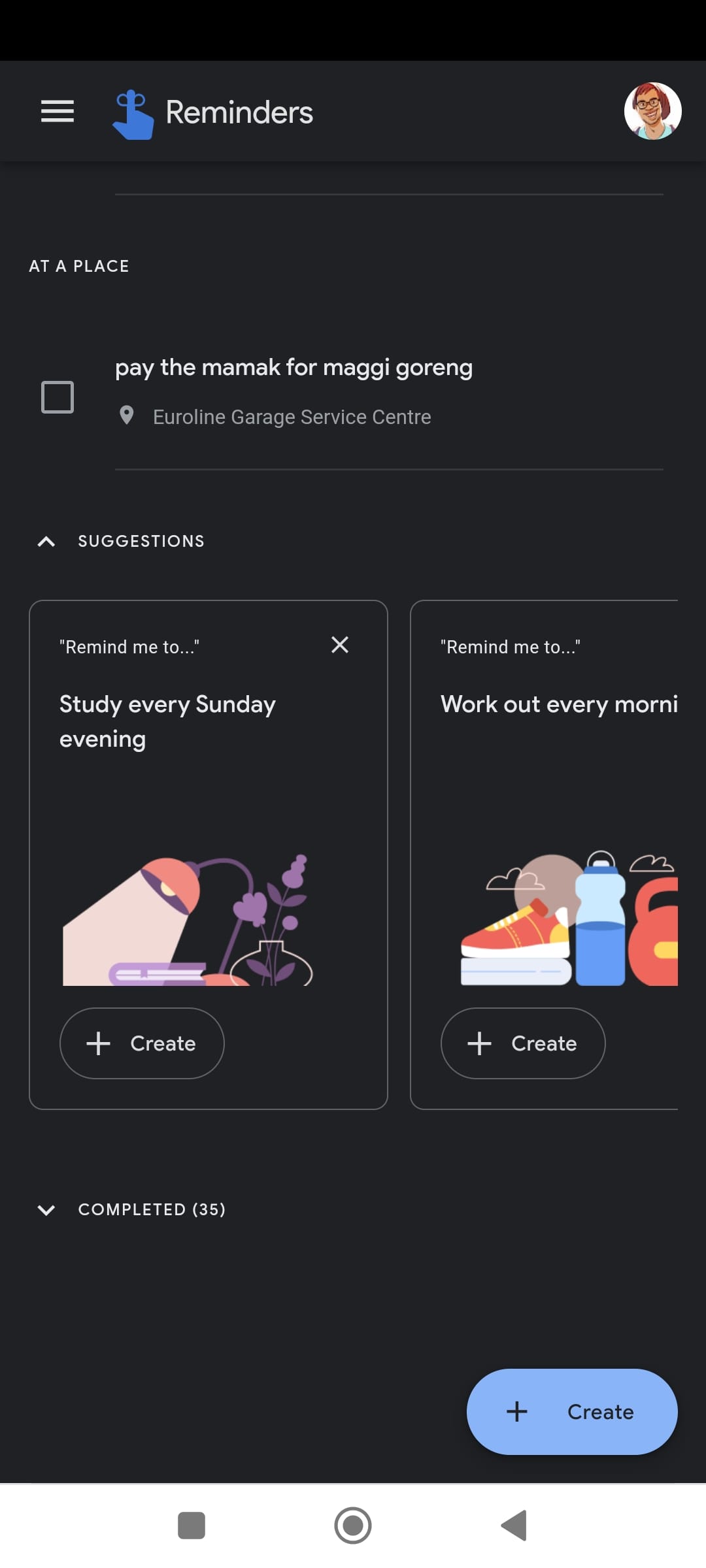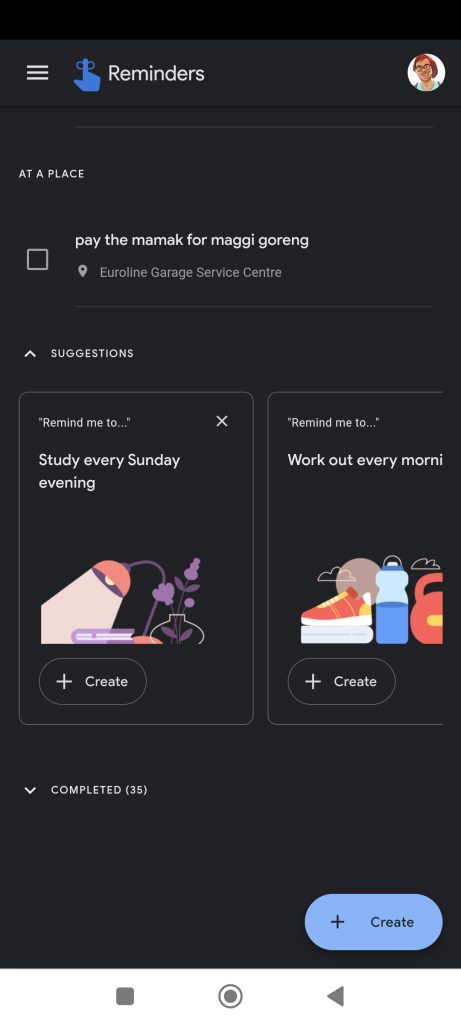“You have a lucky face,” said the stranger who approached me as I was walking out of Suria KLCC.
He was an Indian man, in his early thirties, dressed in a white shirt and jeans. I stared at him, puzzled.
“As if,” I thought to myself, adjusting my face mask while checking to make sure it was still on.
How would you know what my face looks like? You haven’t seen it before.
“Huh?” I said, pretending I didn’t understand him.
“Do you speak English?”
Fuck, I could have pretended not to speak English, I guess I’ll use that next time.
“Yeah”
“You have a lucky face.” As if saying it twice made a difference.
“It’s okay,” I waved him away before he could continue his next sentence. “I’m not interested.”
The man walked away, defeated.
I assumed it was a scam from the get-go and since learning my lesson, I’ve had no time for scammers. Nothing good ever comes from talking to strangers.
I shared the weird exchange with my friends and promptly forgot about it – until today. Seng Yip said the same thing happened to him in Publika this afernoon. No fucking way it wasn’t a scam.
I looked it up on the internet and found a bunch of results, including a blog post dating as far back as 2011, with a comment in 2017 about the same thing happening in KLCC. The biggest article I found was a news report from Australia about victims who fell for it.
This is how the con works: they approach you with that opening line to get your attention. They then talk to you, ask you questions, and deduce your answers by using mentalist tricks.
After using these theatrics to gain your trust, they pull out the big guns. They tell you that they need money for an orphanage back in India – preying on your sympathy. Or that you’ve got bad luck/health problems and if you give them money they’ll help you out (with their powers). If you refuse, you’ll die in a year. Sounds just as ridiculous as kickstarting a rap career, oh wait.
Seeing how it’s been going on for so long and is still around today, it must be a pretty successful tactic. It’s an elaborate scheme and requires a decent actor or conversationalist to pull off. Doubt it would work for uncharismatic people. While it takes a lot more effort than begging, it is actually scummy.
In this post-pandemic world where everyone has a face mask on, they’ll need to come up with better opening lines if they want to thrive. Perhaps something along the lines of, “Your hands are too big.”
“Too big for what?” you’ll ask.
“To hold deez nuts!” then they drop their trousers to show off their massive balls. While you stand there stunned, they grab your shit and run off. Not before pulling their pants up because they might trip otherwise.




